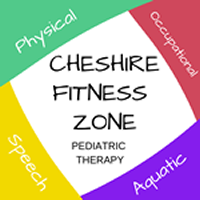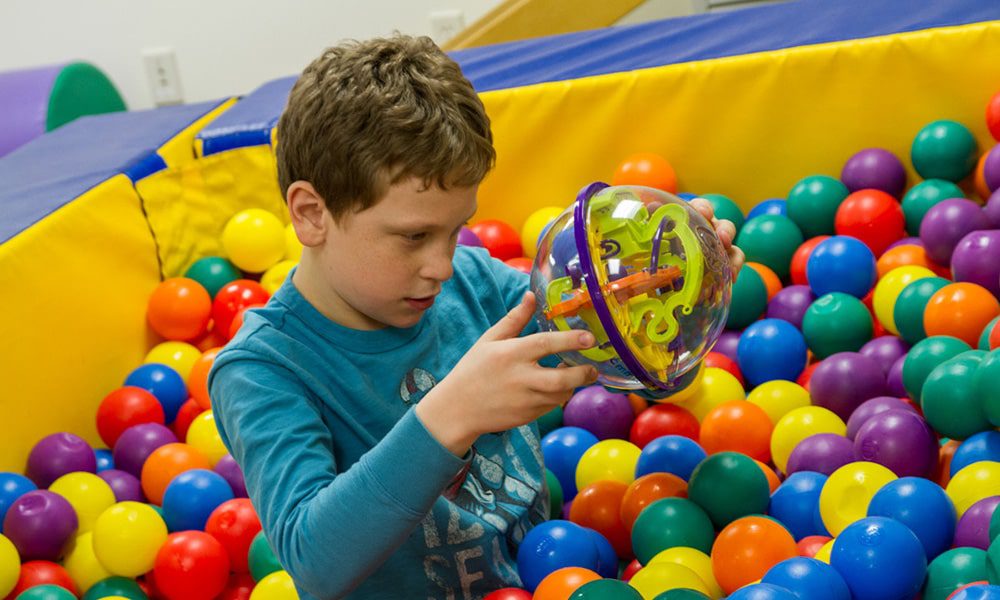Cerebral palsy is normally defined as a movement disorder that occurs in early childhood, and which is most often permanent. The signs and symptoms of the condition tend to vary between patients, as well as depending on the severity of the condition. However, some of the most common of these include stiff muscles, lack of coordination, having a problem with swallowing and speaking and even tremors.
The fact that most of these conditions are permanent does not mean that there is no management for them. The mainstay of therapy for cerebral palsy is occupational and physical therapy. These may not get rid of most of the signs, but they will reduce them significantly, ensuring that the child has a better chance of properly developing. It also gives them a greater degree of independence as well.
How does cerebral palsy occur?
There are a number of postulated reasons why cerebral palsy occurs. The most important of these is the presence of birth asphyxia. During birth, there is a risk that the child will be deprived of oxygen. When this state is prolonged for too long, it could lead to permanent brain injury, which in turn means that their motor skills will not be properly developed.
The other postulated cause of cerebral palsy is infections that involve the child’s central nervous system, particularly during the development of this part of the body. When a mother is infected by a virus or bacterium that can cross to the child’s brain, the organisms could end up damaging the system and resulting in disordered development.
Preventing the condition
Prevention of cerebral palsy normally follows the above. The two main ways of doing it include making sure that the mother is free of all infection from before pregnancy right up to the moment she delivers. In addition to that, proper care during delivery is advocated for to prevent asphyxia.
Managing a child with cerebral palsy
Unfortunately, once your child has been diagnosed with cerebral palsy, there is very little in the way of medication they can be given to control that specific illness. Rather, occupational and physical therapy would need to be administered in order to reverse the movement disorders that are as a result of the condition.
When this form of therapy is given from an early age and is given in the right manner, there is a very good chance that the child will grow up to be more independent compared to when it’s delayed or not given at all. Some of the major benefits of this include the fact that the child will have a better quality of life. It also means that the burden to the care-takers will be reduced as well.
In summary, if you have a child with cerebral palsy or know someone who does, you should be keen on getting physical and occupational therapy for them. This might not seem very effective at first, but with time you will notice that the benefits will be huge. If you get it done by a high quality facility, the costs will be more than worth it.



